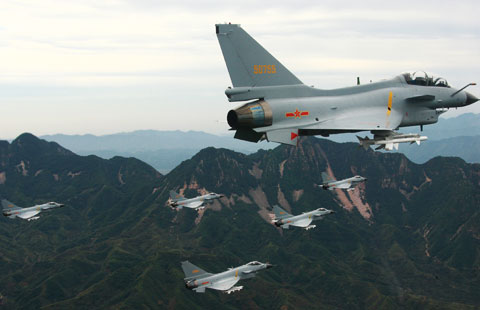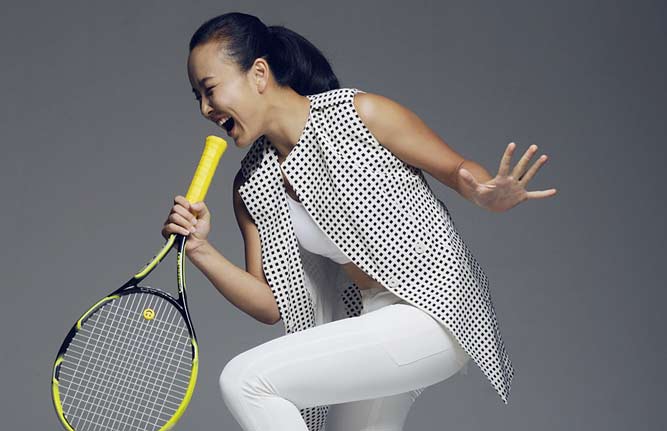Triple play
Updated: 2014-08-26 07:16
By Lin Qi(China Daily)
|
|||||||||||
A trio of artists who reshaped Chinese painting are featured in a new show at the National Art Museum of China, Lin Qi reports.
Wu Changshuo (1844-1927) and Pan Tianshou (1897-1971) were two highly acclaimed good friends despite a big age difference. Wu called Pan "da qi", meaning a genius.
Meanwhile, Qi Baishi (1863-1957), who was a fan of Wu, introduced his art style to northern China. But the two masters never met.
The association among these three peaks of Chinese painting will be celebrated in Tracing the Past, Painting the Future at the National Art Museum of China.
The exhibition marks the 170th anniversary of Wu's birth, and will juxtapose the trio's masterpieces as well as works of another 14 painters who were deeply influenced by Wu.
The paintings come from NAMOC's collection, with about 40 percent of them making a public debut.
Wu is hailed as one of the "four masters of the Shanghai painting school in the late Qing Dynasty (1644-1911)". The school departed from the aloofness of the dominant literati painting, and adopted a renovated style that was well received by the nouveaux rich. Painters incorporated Western painting techniques to apply vivid, contrasting colors. They painted joyful subjects, such as peonies, to appeal to public taste.
Wu's merits are particularly demonstrated in his birds and flowers paintings.
"Although facing a rich and glamorous history of birds and flowers painting, Wu succeeded in finding a way out to renew the painting's face at the time. He was enlightened by the spirits of jinshi (seal carving) art to enrich the vocabulary of the genre," says Fan Di'an, director of NAMOC.
Besides showing Wu's mastery of painting popular themes, the exhibition also reflects his individual aesthetics. Green Plums, a good example on show, reveals Wu's true artistic pursuit: painting in a natural and unsophisticated manner.
Wu loved the plum the most, which he described as his bosom friend. He also liked painting stones with bold and raw lines to present a rustic touch. He found the vitality of painting through his studies of the epigraph art from ancient times.
"He seldom painted peonies. Instead he portrayed many pine trees, bamboos and plum blossoms, the 'three friends of the winter', which recurred in the traditional Chinese painting to symbolize integrity and resilience," says Deng Feng, a specialist in modern Chinese painting at NAMOC. "It shows Wu's typical characteristics of a conventional scholar, though he lived at the turn of the late 19th century, when his country started to modernize."
The school first became popular in Shanghai and the southern region in the Yangtze River's lower reaches, through the practice of Wu's students. Among them, Pan Tianshou was undoubtedly outstanding.
Wu once said Pan "was most like me and yet went away from me the farthest".
"Pan successfully encapsulated the essence of Wu's style. While later, he realized it would be a dead end to simply repeat his teacher's brushwork techniques and signature subjects. He managed to get rid of Wu's influence and established his own vocabulary of painting," Deng says.
A testament to that is Morning Dew, painted in 1958 and inspired by a trip to the Yandang Mountain in Zhejiang province. Pan invested much energy in constructing a unique composition: The lotus flowers and leaves as well as the annotation form a space in the middle.
"The blank doesn't mean emptiness in the Chinese painting. It has brought out the volume and the inner power of the work," Deng says.
Qi Baishi and his disciples further extended Wu's influence to Beijing and the bordering areas and based on which, Qi developed his own style.
His Pine Tree and Eagle fully demonstrates Qi's capability in presenting variations of ink color and handling thick and thin lines. Qi was famous for meticulously detailing insects and sculpting birds.
"Qi infused to perfection the literati's sentiment with senses of rustic life. He laced his works with humor and childlike innocence," Deng says.
Wu started to learn painting systematically in his 30s. For years he explored extensively with seal cutting, calligraphy and epigraph art which further nourished his mastery of ink-and-wash painting.
"Wu is unrivaled in carving out a niche in painting, calligraphy and seal art. If we should name the best 10 calligraphers, seal artists and painters, Wu appears on all the three lists. Few can approach his accomplishments in art history," Chen Zhenlian, deputy president of the prestigious Xiling Society of Seal Art, told Southern Metropolis Daily. An ongoing exhibition at the Zhejiang Art Museum commemorates Wu and the society's 110th birthday. Wu was elected the Hangzhou-based society's first president in 1913.
"He possessed strong social awareness. He believed artists should not just paint for themselves. Art should serve the public."
Contact the writer at linqi@chinadaily.com.cn
(China Daily 08/26/2014 page20)
Today's Top News
NATO to offer tailored support to Ukraine
Babies bob about in water at US's first baby spa
News website staff face extortion probe
China's meeting on 13th five-yr plan
Number of visitors to China drops
Export of mooncakes on the rise
Putin outlines ceasefire plan for Ukraine crisis
China paves way for sports investors
Hot Topics
Lunar probe , China growth forecasts, Emission rules get tougher, China seen through 'colored lens', International board,
Editor's Picks
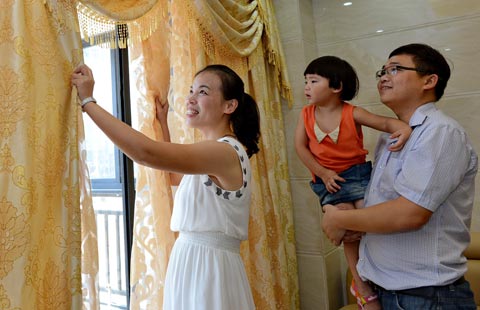
|
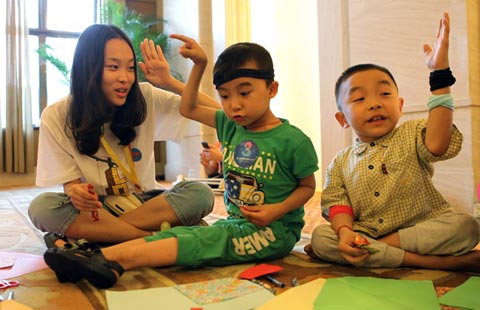
|

|

|
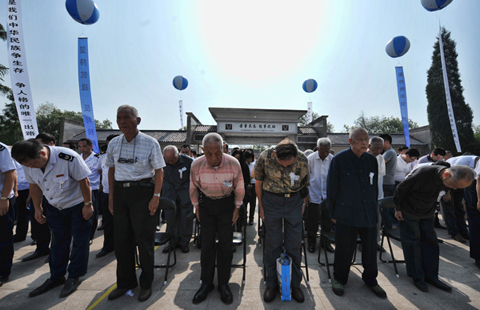
|

|


